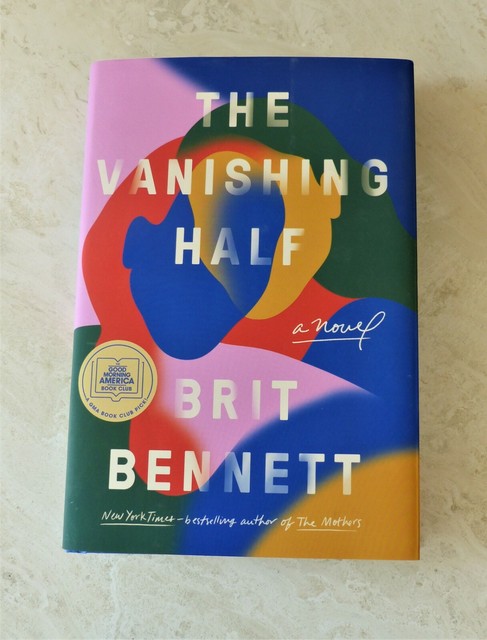

When they were sixteen, the twins ran away from home in the dark of night. As children she and her twin, Stella, appeared, on the surface, two halves of a whole, but they have taken different paths. White people couldn’t believe it even existed.ĭesiree is an identical twin. Colored people whispered about it, wondered about it. Soon idea and place became inseparable, and Mallard carried throughout the rest of St. Each generation lighter than the one before. She was pregnant then with their first child, and he imagined his children’s children’s children, lighter still, like a cup of coffee steadily diluted with cream. He’d married a mulatto even lighter than himself. Founded 120 years earlier, in 1848, the town was born of its light-skinned founder’s (Desiree’s ancestor) aspiration:Ī town for men like him, who would never be accepted as white but refused to be treated like Negroes. Desiree is Black but light-skinned, and her skin color is a product of Mallard’s purpose. The book begins in 1968, when Desiree Vignes returns to her hometown of Mallard, Louisiana with a dark-skinned (“blue-black”) girl in tow. Part of it was that it is a huge bestseller. Part of it was all the praise it’s garnered, which includes appearing on the National Book Award’s finalist longlist, being named one of the top ten books of the year by both the New York Times and the Washington Post, and winning the Goodreads Choice Award for Historical Fiction. Part of it was surely its omnipresence on my Goodreads stream. I can’t name any one reason why I picked up your novel, The Vanishing Half.


 0 kommentar(er)
0 kommentar(er)
